Date: 19 May 2005
Pilkington North America has developed OptiView Anti-Reflective Glass. It is produced in its Ottawa, Ill., plant.
Toledo, OH (PRWEB) May 18, 2005 -- Ever since clear glass was first used in buildings, shops, etc., you have had to look at it as well as through it. Now, you dont have to. Pilkington North America has developed OptiView Anti-Reflective Glass a glass that looks like no glass at all.
While clear glass reflects 8 percent of visible light, Pilkington OptiView Glass reflects less than 2 percent. This allows viewers to clearly see object(s) behind the glass, without looking at their own reflection.
Size Flexibility Means More Possibilities
"While anti-reflective glass is not new, Pilkington's online manufacturing process removes most size limitations, and opens the door to a wider array of application possibilities," explained Stephen Weidner, vice president of sales and marketing for Pilkington Building Products North America.
Until now, anti-reflective glass was made by making clear glass, then dipping sheets of the clear glass, into vats that contained a chemical composition that produced the anti-reflective properties. The size of the anti-reflective glass was limited by the size of the vats.
However, because the anti-reflective properties of Pilkington OptiView Glass are added during Pilkington's pyrolytic (also known as "online") manufacturing process of float glass, there is greater size flexibility.
"Typical anti-reflective glass applications include museum and retail display cases," Weidner said. "With Pilkington's proprietary process, the potential for anti-reflective glass is expanded to include retail store fronts, showrooms, and a host of applications where anti-reflective glass was never an option."
What is OptiView Glass?
Pilkington OptiView Glass is made by combining two proprietary pyrolytic surfaces into a single, clear PVB-laminated glass plate. Standard Pilkington OptiView Glass thickness includes ¼ (6mm) and ½ (12mm). Other thicknesses and laminated glass combinations are available.
The result is a fabricated glass that combines the strength, security and sound reduction of laminated glass with the low reflectivity of a high-end specialty glass product.



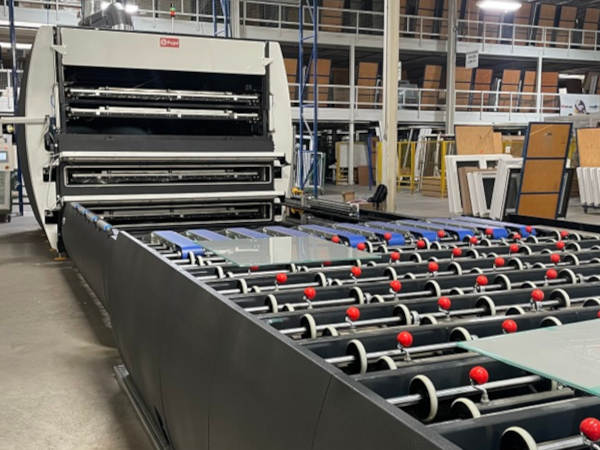
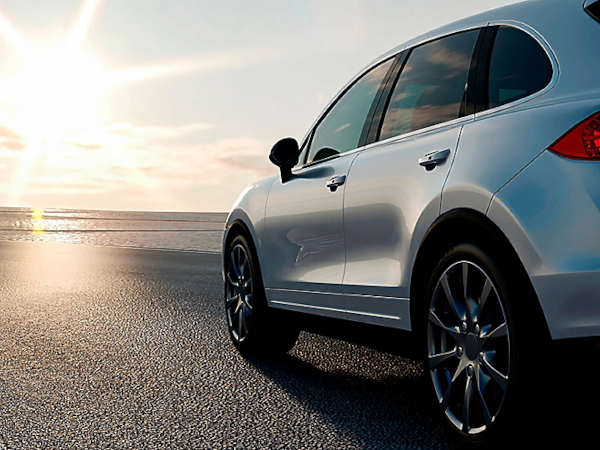
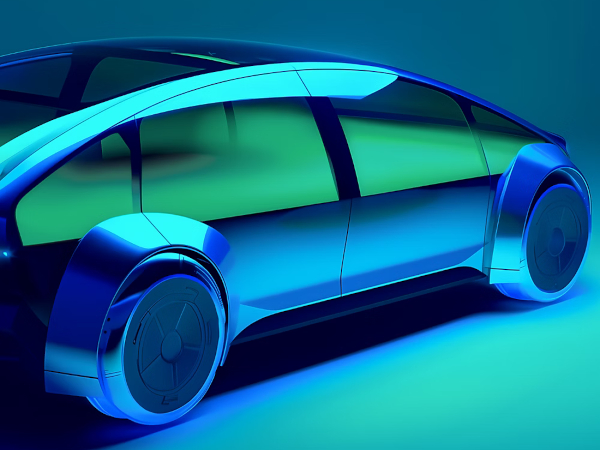
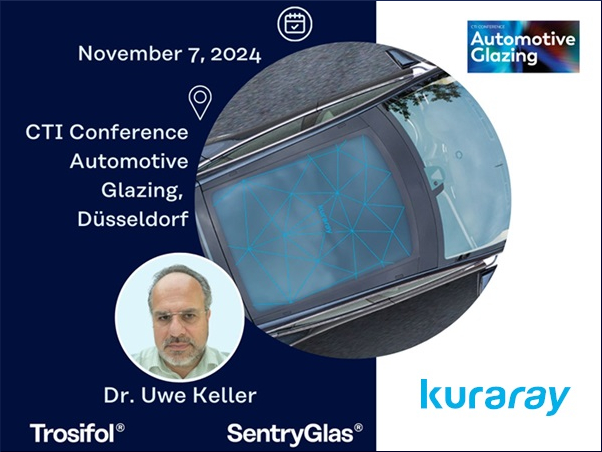



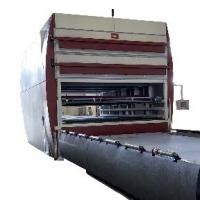


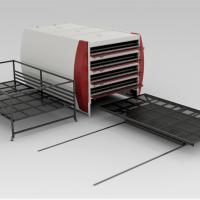
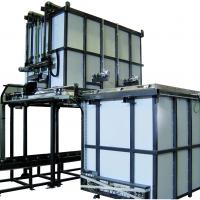
Add new comment